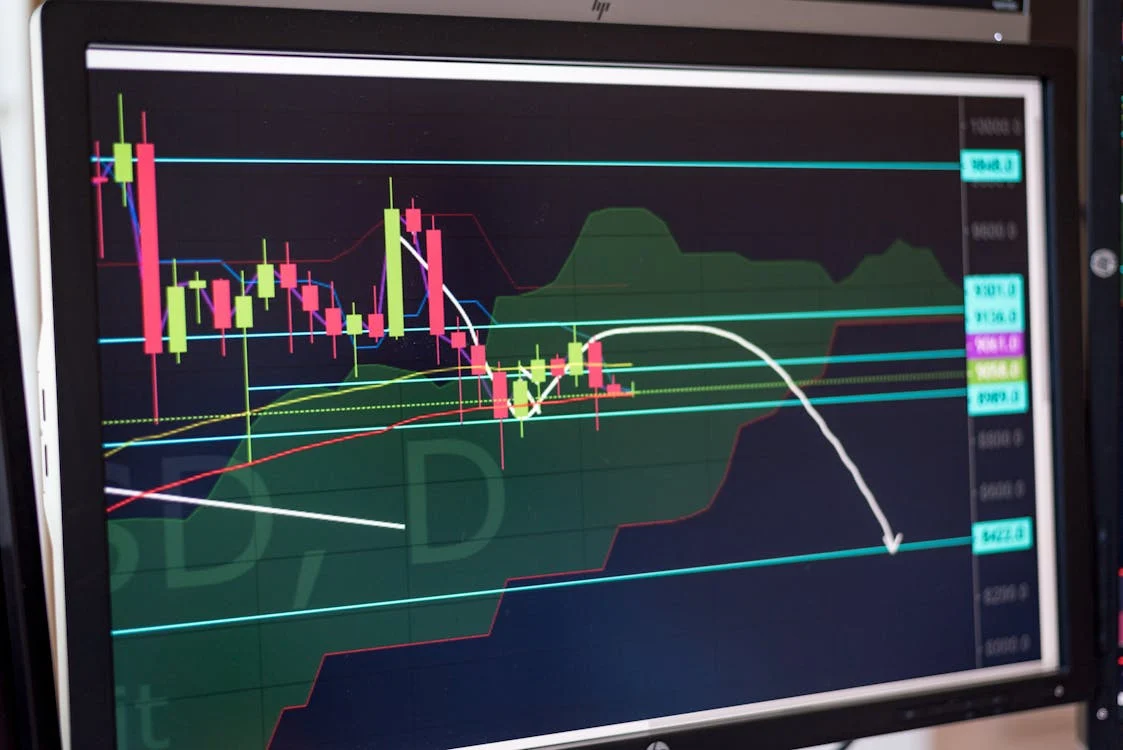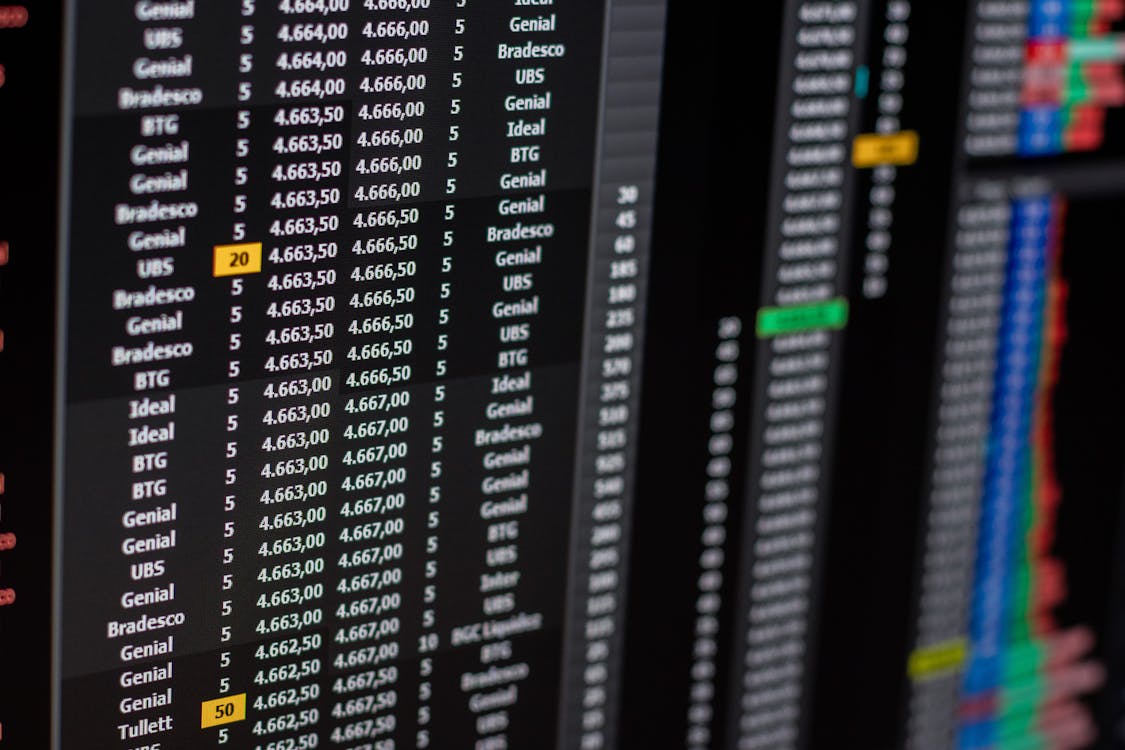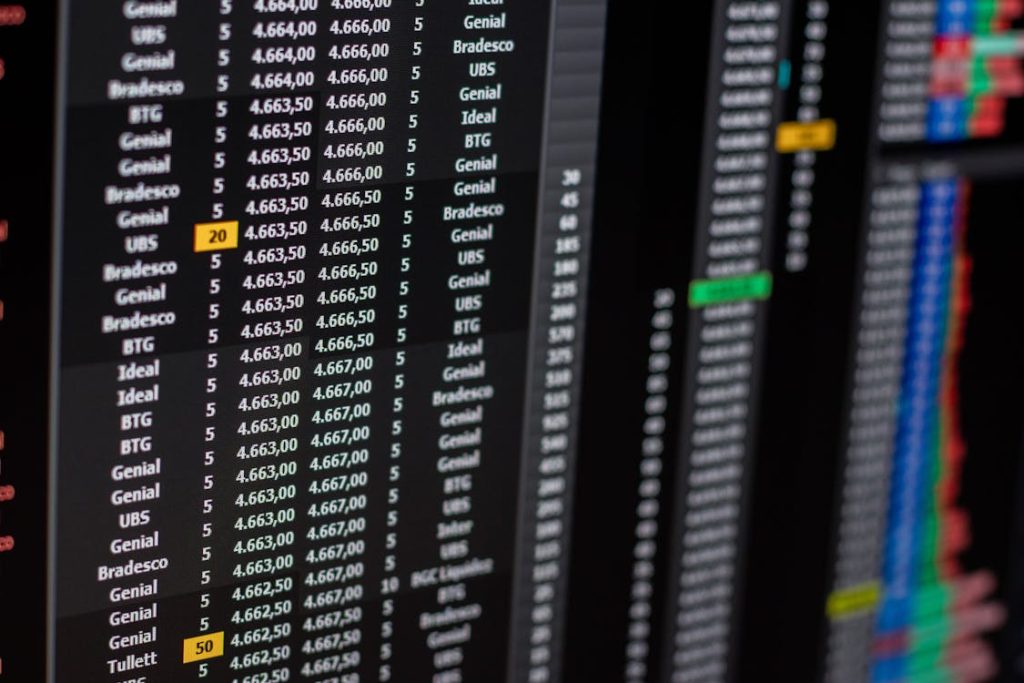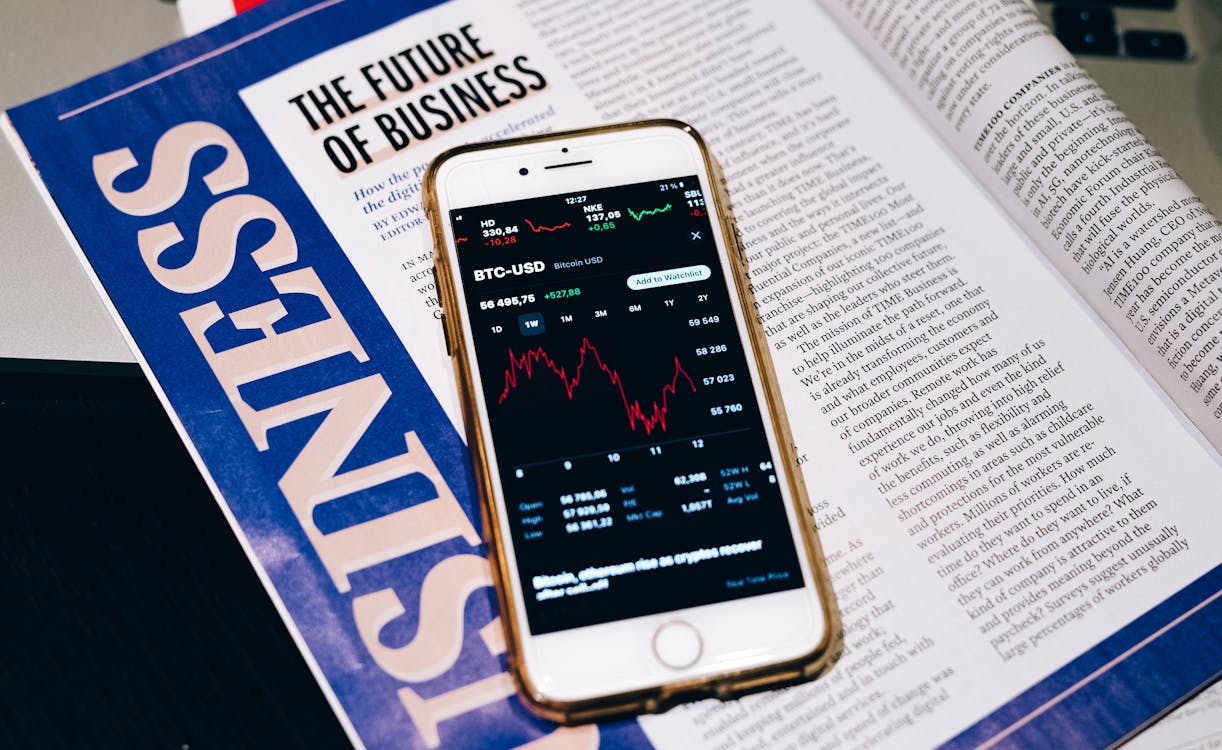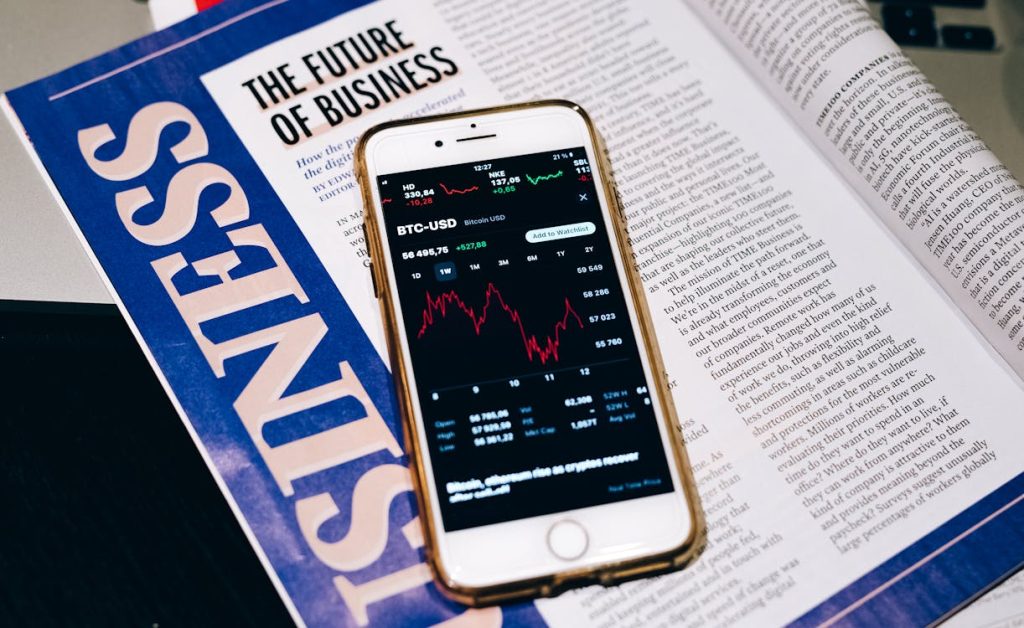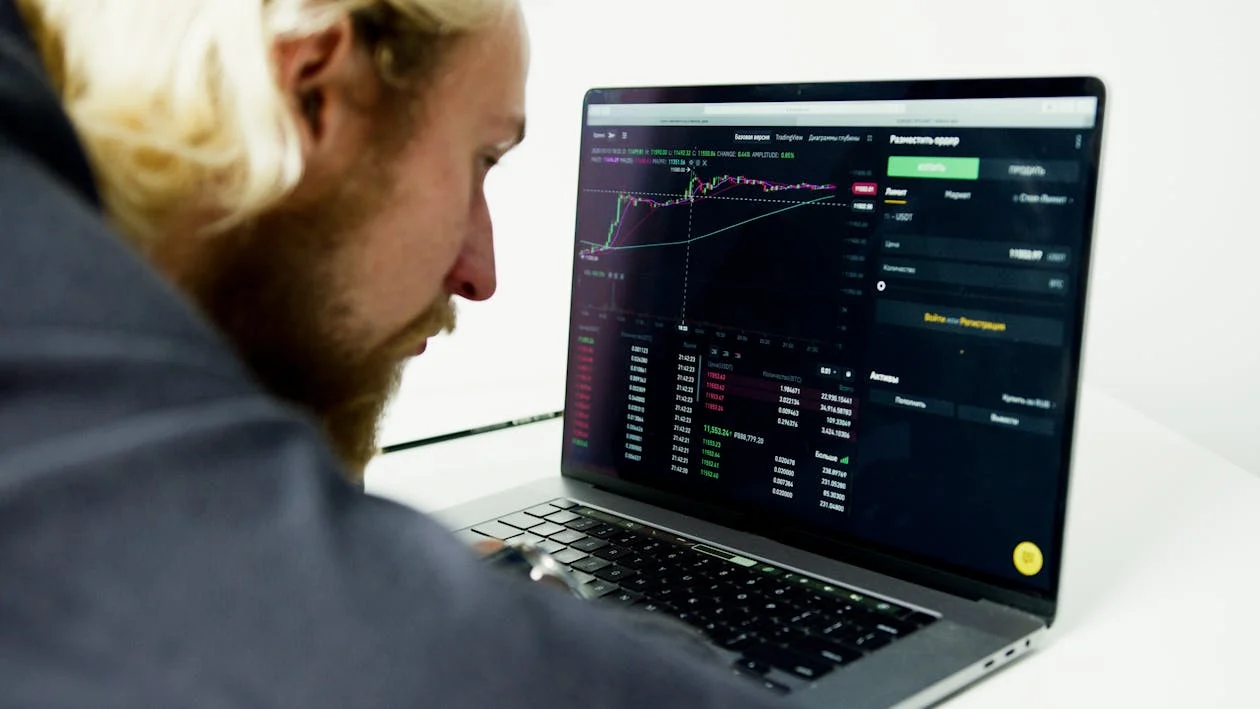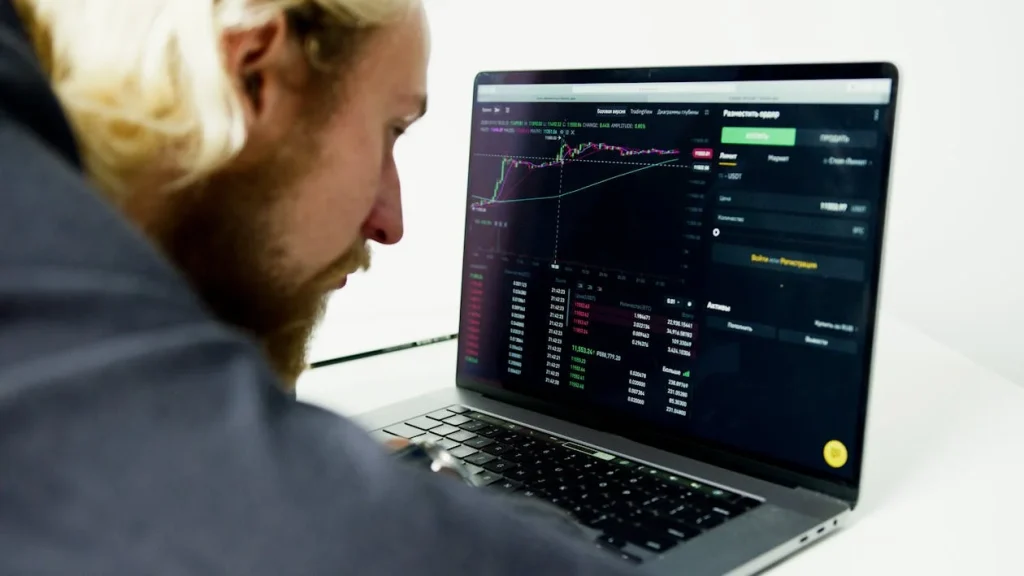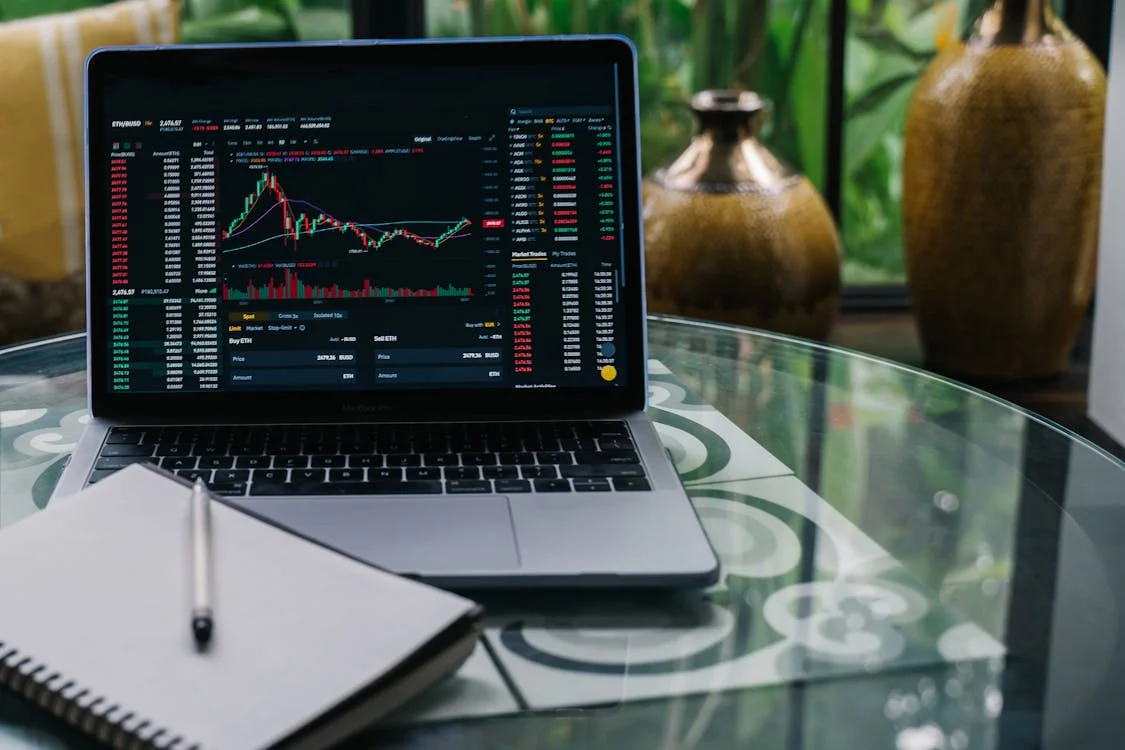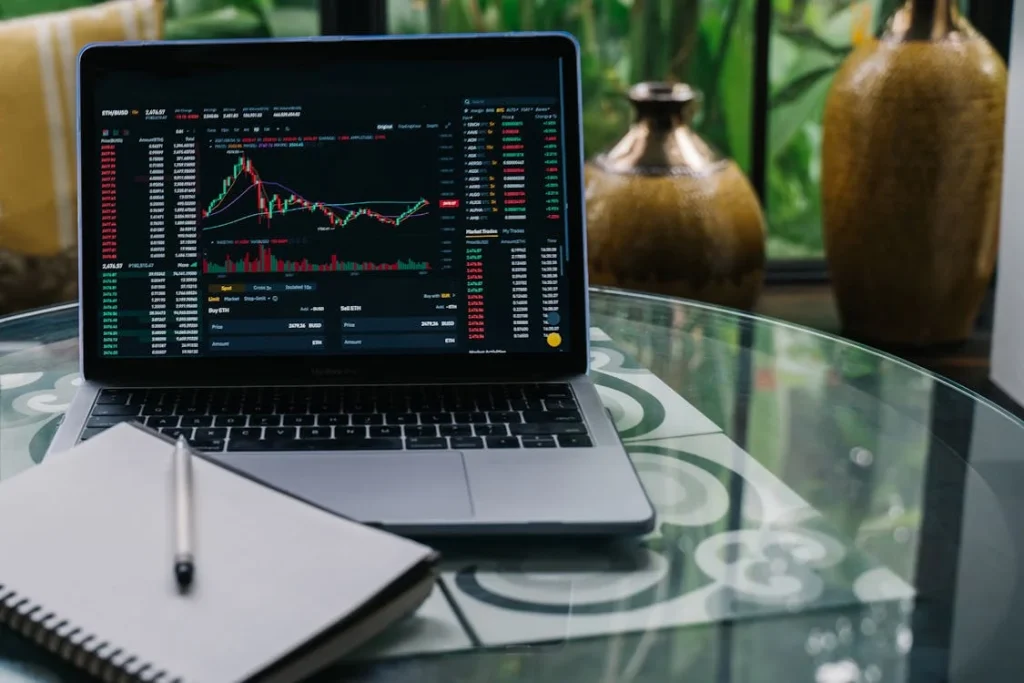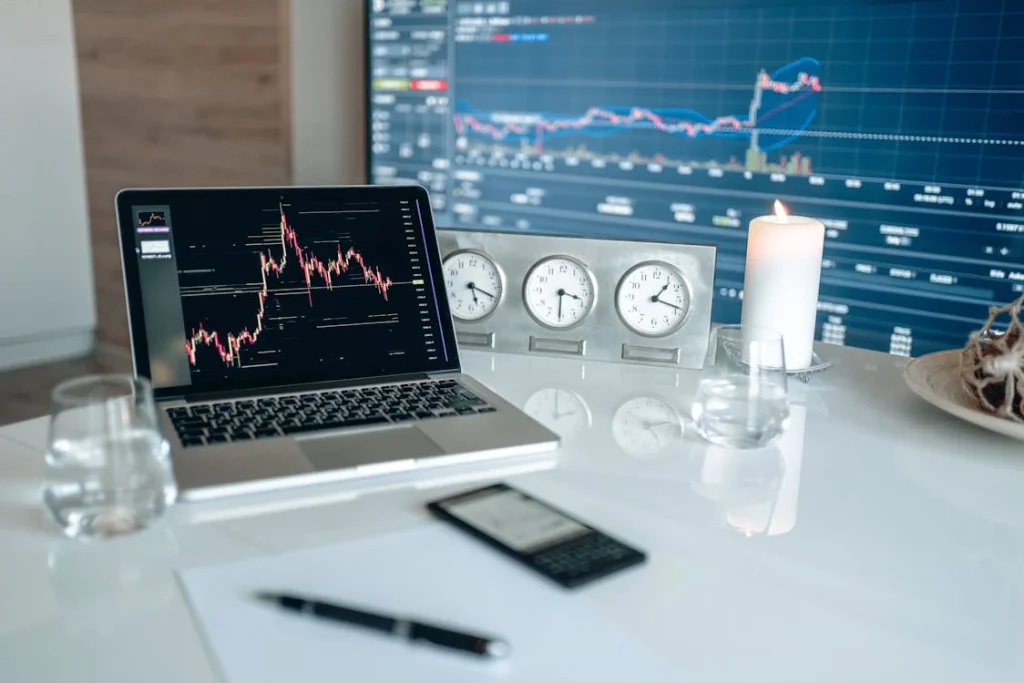Navigating the Hidden Layers of Forex Liquidity and Trade Flow
Many forex traders focus heavily on charts, indicators, and entry signals — but overlook one crucial element: liquidity. Liquidity refers to how easily you can enter or exit a position at the desired price, and it has a direct impact on your trading performance. Whether you’re scalping on a 1-minute chart or swing trading across multiple days, understanding liquidity is vital to mastering the forex market.
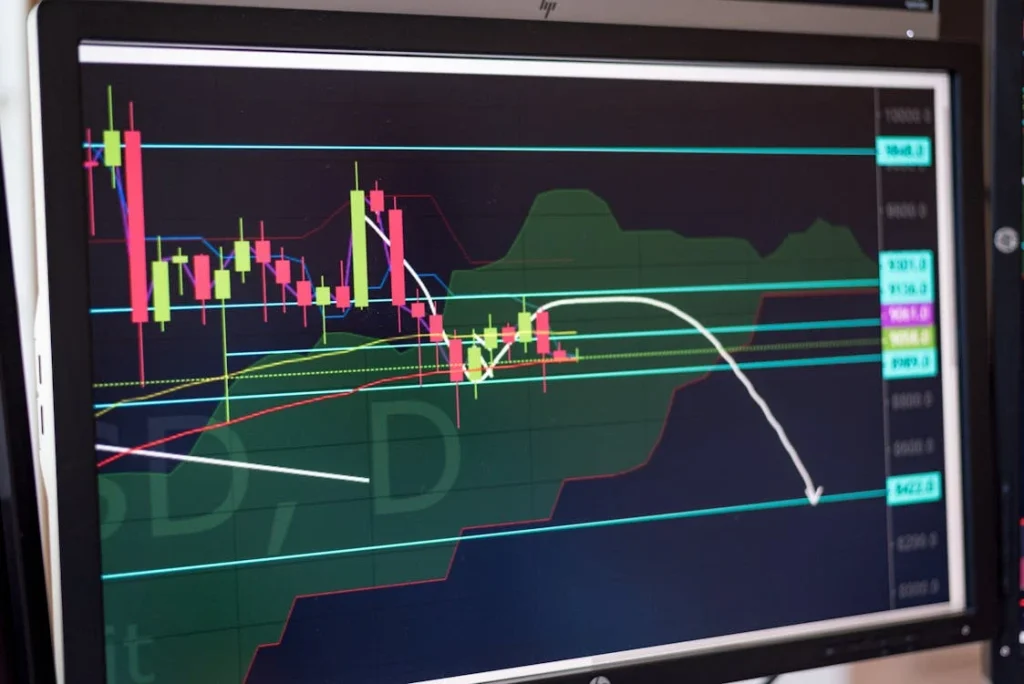
What Is Liquidity in Forex?
Liquidity is the availability of buyers and sellers in the market at any given time. In simple terms, it’s the ease with which a currency pair can be bought or sold without causing significant price movement. The more liquid a market is, the more efficiently trades can be executed, and the tighter the spreads.
For example, the EUR/USD is the most liquid currency pair in the world — it typically has high trading volume and very low spreads, which is ideal for both retail and institutional traders.
Market Depth and Order Books
Market depth refers to the number of buy and sell orders at various price levels. A deep market means there are large volumes available across many price points, allowing traders to execute large orders without slippage. In contrast, a shallow market lacks sufficient liquidity, leading to greater price jumps during large trades.
While most retail forex traders don’t have direct access to a central order book (as in stocks or crypto), ECN (Electronic Communication Network) brokers may offer a depth-of-market (DOM) feature that shows the size and number of pending orders at different price levels.
Slippage and Execution Quality
Slippage occurs when your trade is executed at a different price than expected. It often happens in fast-moving markets or when liquidity is thin — such as during news events or off-market hours. There are two types:
- Positive slippage: You get a better price than requested.
- Negative slippage: Your trade is filled at a worse price.
Liquidity plays a major role in determining whether slippage occurs and how severe it is. Brokers with deep liquidity pools and fast execution speeds help minimize this issue.
The Role of Liquidity Providers (LPs)
Liquidity in the forex market comes from major banks, financial institutions, and market makers who quote bid and ask prices. These liquidity providers compete to fill orders and create the pricing environment for retail brokers and traders.
Some brokers are connected to multiple LPs via ECN or STP models, routing orders directly to the market. Others operate on a dealing desk model, acting as the counterparty to your trade. Each structure affects how liquidity and execution are handled.
Spreads and Volatility
High liquidity often results in tight spreads — the difference between the bid and ask price. For example, during peak trading hours, the spread on EUR/USD might be less than 1 pip. However, during periods of low liquidity or heightened volatility (such as major news releases), spreads can widen significantly.
Traders should always consider both the spread and the potential for slippage when placing trades, especially with stop or market orders. Spreads are not fixed — they fluctuate based on market conditions and available liquidity.
How to Identify Liquidity Conditions
While you can’t see liquidity directly, you can infer it through:
- Spread width: Tighter spreads often mean higher liquidity.
- Volatility: Thin markets tend to move erratically.
- Trading sessions: Liquidity is highest during London and New York overlap.
- Broker platform: Some brokers display depth of market data.
Planning your trades around high-liquidity sessions can reduce execution risk and improve your fill prices.
